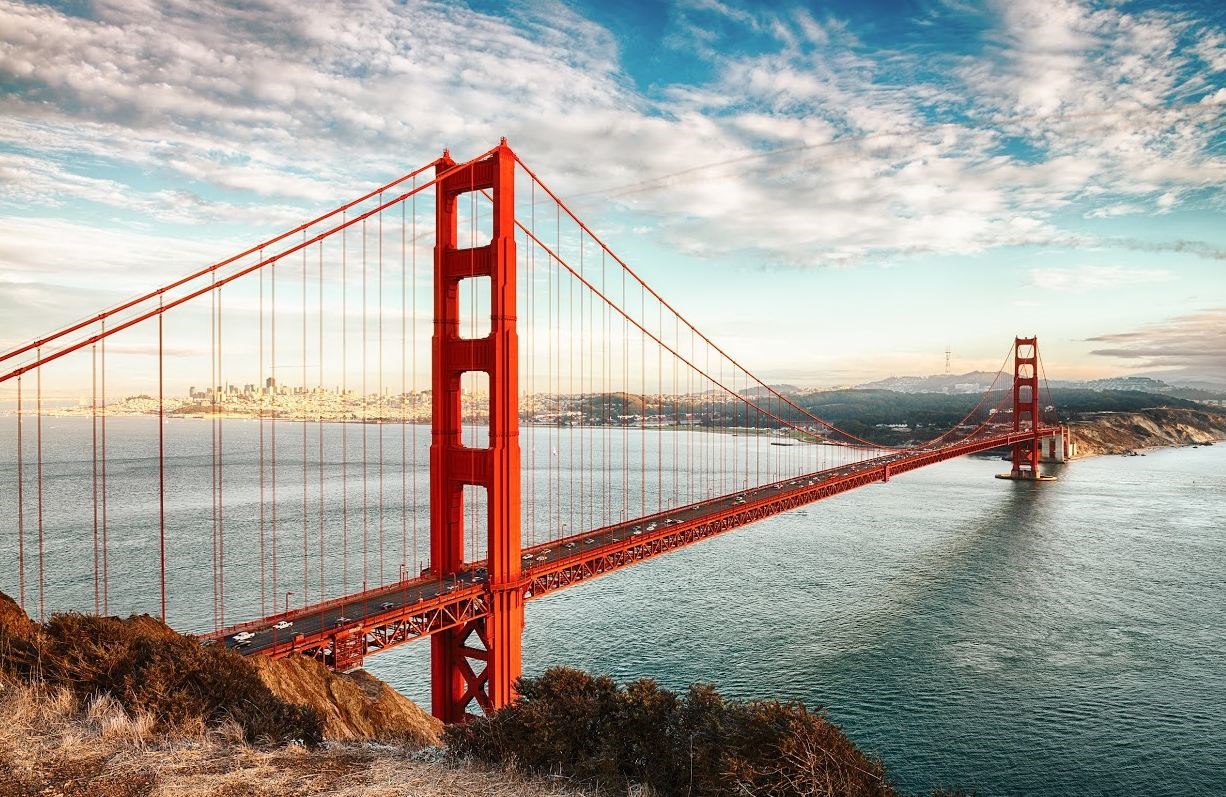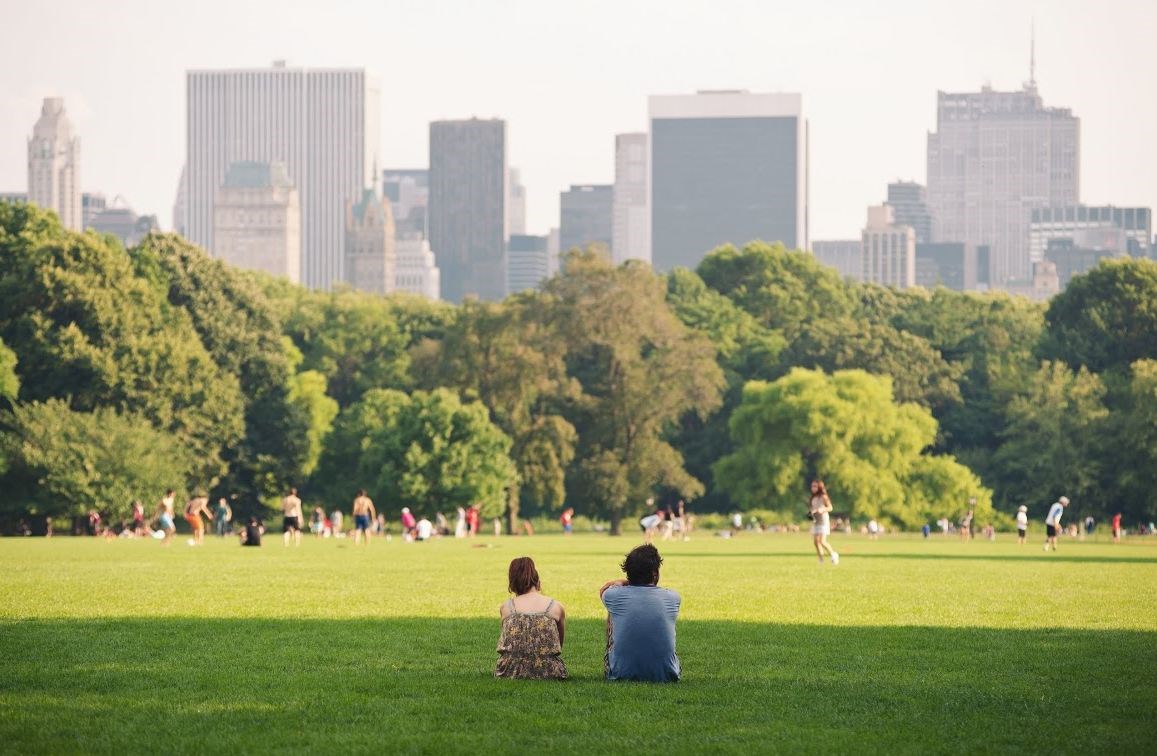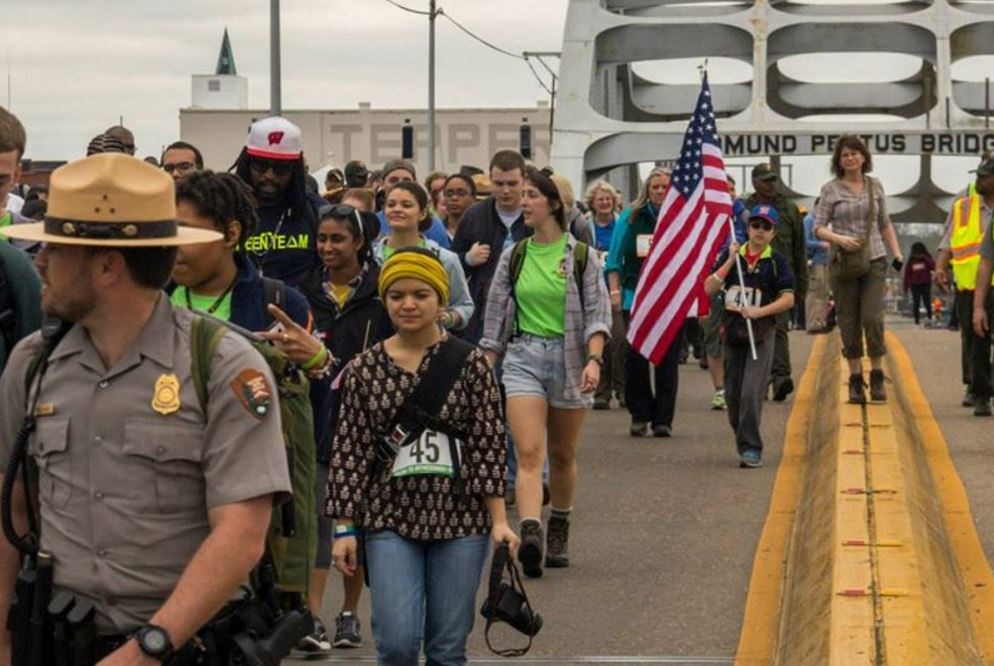
Parks for the People
It is one great purpose of the Park to supply to the hundreds of thousands of tired workers, who have no opportunity to spend their summers in the country, a specimen of God's handiwork that shall be to them, inexpensively, what a month or two in the White Mountains or the Adirondacks is, at great cost, to those in easier circumstances.
Olmsted understood the relevance of urban parks to urban residents, especially those who may not be able to access the more distant park lands like Yellowstone, Yosemite, and the Grand Canyon, the kind of places for which the National Park Service (NPS) is well known. The Park Service is less known for its work in the urban space and therefore is less relevant to the lives of an increasingly urban America.
The arch at the entrance of Yellowstone states, "For the Benefit and Enjoyment of the People" and those who visit certainly benefit and enjoy this natural wonder. But those who live near Golden Gate National Recreation Area in San Francisco benefit and enjoy that national park every day, as it is an integral part of their urban life.

Dynamic Environments
Urban environments present a higher density and more diverse population, lands that often have past industrial or disturbance legacies, and a complex set of overlapping jurisdictions. These challenge the NPS to look for new models, policies and approaches beyond the traditional experiences born of the large western landscapes. As the NPS looks to its second century of stewardship and public engagement, some of the greatest innovations are now occurring in urban spaces. The NPS, through its many programs and parks, has much to offer the urban dweller: a sense of place, an escape from cubicle confines, recognition that everyone's history is important, a restored and accessible waterfront, and a threshold experience to a greater outdoors.

Pioneering Work
It is time that the NPS strategically organize its many urban parks and programs towards building relevancy for all Americans, connecting with their lives where they live. Extraordinary innovation is exists in cities, with mayors and city leaders, businesses and NGOs all investing in new parks, new park designs, and new ways to engage communities in creating healthy and livable cities. This is an exciting time for the NPS to join in this national movement, to offer its assistance and active participation, to listen to new perspectives and help build communities across the urban landscape. There are pioneers within the National Park Service and many partners pushing NPS forward to embrace an urban mission as a critical component of its second century.
Want to learn more? Read the Urban Agenda
Last updated: December 8, 2023
